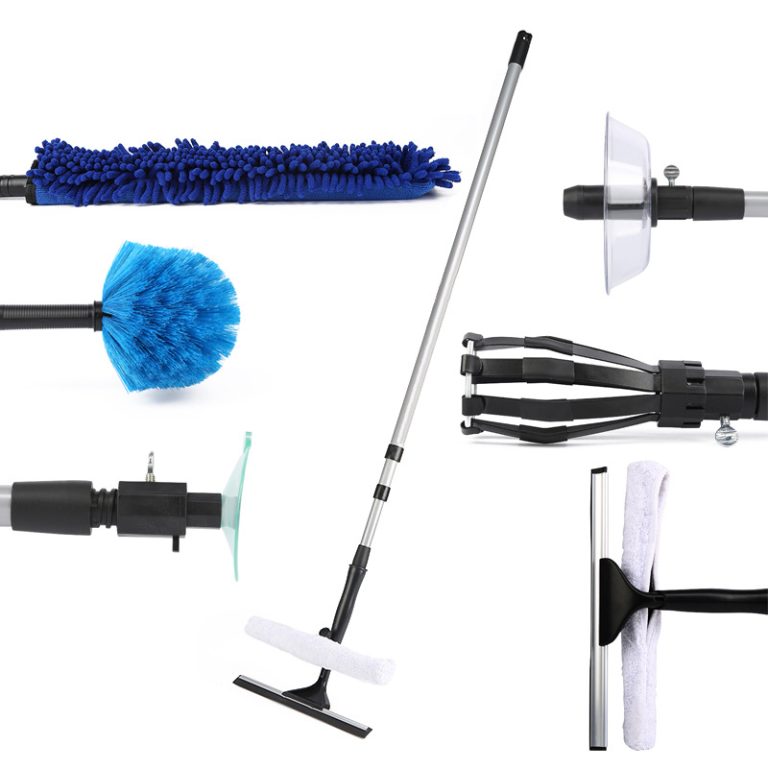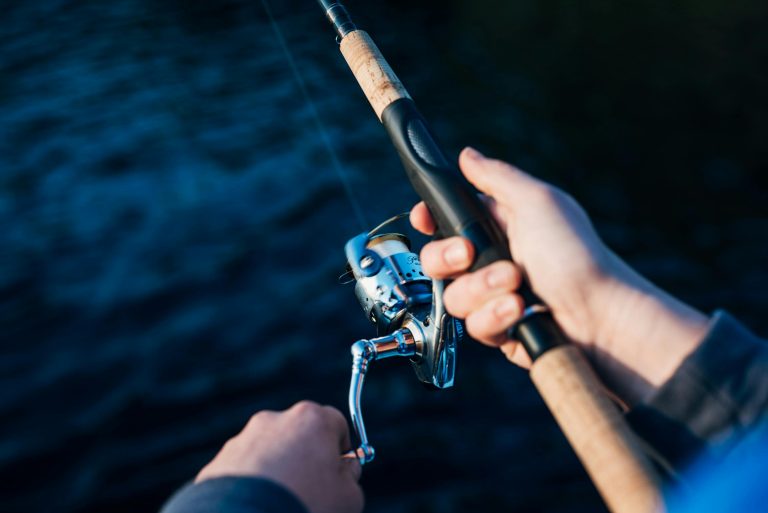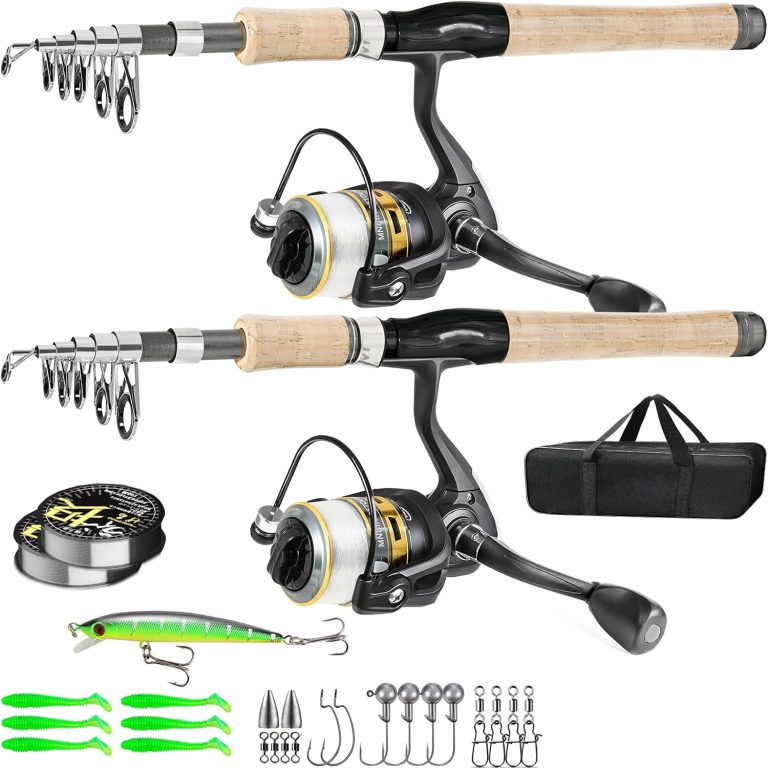High – Quality Telescopic Poles: What to Look For
When it comes to purchasing a telescopic pole, whether for cleaning, photography, or any other application, finding one of high – quality is crucial. A good telescopic pole not only makes your tasks easier but also lasts longer, saving you money in the long run. Here are some key factors to consider when searching for a top – notch telescopic pole.
1. Material
Strength and Durability
The material of the telescopic pole is fundamental to its quality. Aluminum is a popular choice due to its excellent strength – to – weight ratio. It’s lightweight, making it easy to handle, especially when extended to its maximum length. At the same time, it offers sufficient strength for most common tasks. For example, in window cleaning, an aluminum telescopic pole can reach high windows without buckling under the weight of a squeegee or cleaning solution.
However, for more heavy – duty applications, such as industrial inspection or construction – related tasks, steel might be a better option. Steel poles are incredibly strong and can withstand substantial loads. They are more resistant to bending and breaking, but they come with the drawback of being heavier.
Fiberglass is another material known for its durability. It’s often used in fishing rods, which are a type of telescopic pole, because it can flex without breaking. Fiberglass poles are also resistant to corrosion, making them suitable for outdoor use in various weather conditions.
Corrosion Resistance
If you’ll be using the telescopic pole outdoors or in damp environments, corrosion resistance is a must. Aluminum poles are often treated with a protective coating to prevent rusting. Some high – quality aluminum poles have an anodized finish, which not only enhances their corrosion resistance but also gives them a sleek appearance. Stainless steel is inherently corrosion – resistant, making it a great choice for harsh environments. Fiberglass, as mentioned earlier, is also resistant to corrosion, making it a reliable option for outdoor applications.
2. Extension and Locking Mechanisms
Smooth Extension
A high – quality telescopic pole should have a smooth extension process. The sections of the pole should slide out easily without any jamming or sticking. This is important for quick and efficient setup, especially when you’re in the middle of a task. Some poles use a friction – based system, where the sections are held in place by the friction between them. For these, the fit should be snug enough to prevent the sections from collapsing but loose enough for easy extension. Other poles may use a click – lock or a twist – lock mechanism, which should operate smoothly and securely.
Secure Locking
Once the pole is extended to the desired length, the locking mechanism must hold it firmly in place. A loose or unreliable locking mechanism can be extremely dangerous, especially if you’re using the pole at a height. Click – lock mechanisms are popular because they provide an audible indication that the pole is locked. Twist – lock mechanisms, on the other hand, are often preferred for their simplicity and reliability. Make sure to test the locking mechanism by applying some pressure to the extended pole to ensure it doesn’t budge.
3. Weight and Balance
Manageable Weight
The weight of the telescopic pole can significantly impact your comfort and efficiency while using it. As mentioned earlier, materials like aluminum and fiberglass offer a good balance between strength and weight. When choosing a pole, consider the tasks you’ll be performing. For example, if you’ll be using the pole for extended periods, such as in long – term photography sessions or large – area cleaning, a lighter – weight pole will be more comfortable to handle. However, if the pole needs to support heavy attachments, like a large – sized paint roller, it may need to be slightly heavier to maintain stability.
Good Balance
A well – balanced telescopic pole is easier to control. The weight distribution should be even along the length of the pole, especially when it’s extended. This prevents the pole from feeling top – heavy, which can lead to fatigue and difficulty in maneuvering. Some poles are designed with counterweights or have a specific shape to improve balance. When testing a pole, hold it in different extended positions to assess its balance.
4. Compatibility with Attachments
Diverse Attachment Options
Depending on your intended use, the telescopic pole should be compatible with a variety of attachments. For cleaning, it should be able to securely hold dusters, squeegees, and mop heads. In photography, it should be able to attach to cameras or smartphone holders. Some high – quality telescopic poles come with a standard thread size, such as 1/4 – 20 or 3/8 – 16, which are common in the industry and make it easier to find compatible attachments.
Secure Attachment
The connection between the pole and the attachment should be secure. There should be no wobbling or movement once the attachment is fixed. Some poles use a bayonet – style connection, which provides a quick and secure way to attach and detach accessories. Others may use a threaded connection, which is reliable but may take a bit more time to attach and remove.
5. Brand Reputation and Warranty
Reputable Brands
Opting for a telescopic pole from a well – known and reputable brand often increases the likelihood of getting a high – quality product. Reputable brands usually have a track record of producing reliable products and are more likely to use quality materials and manufacturing processes. You can read online reviews, ask for recommendations from friends or colleagues who have used telescopic poles, or check industry forums to get an idea of a brand’s reputation.
Warranty
A good warranty is a sign of a manufacturer’s confidence in their product. A longer warranty period indicates that the company stands behind the quality of their telescopic pole. Look for poles that come with at least a one – year warranty, although some high – end models may offer warranties of up to three years or more. The warranty should cover manufacturing defects and provide you with peace of mind in case something goes wrong with the pole during normal use.
In conclusion, when looking for a high – quality telescopic pole, pay attention to the material, extension and locking mechanisms, weight and balance, compatibility with attachments, as well as the brand reputation and warranty. By considering these factors, you can make an informed decision and invest in a telescopic pole that will serve you well for years to come.



